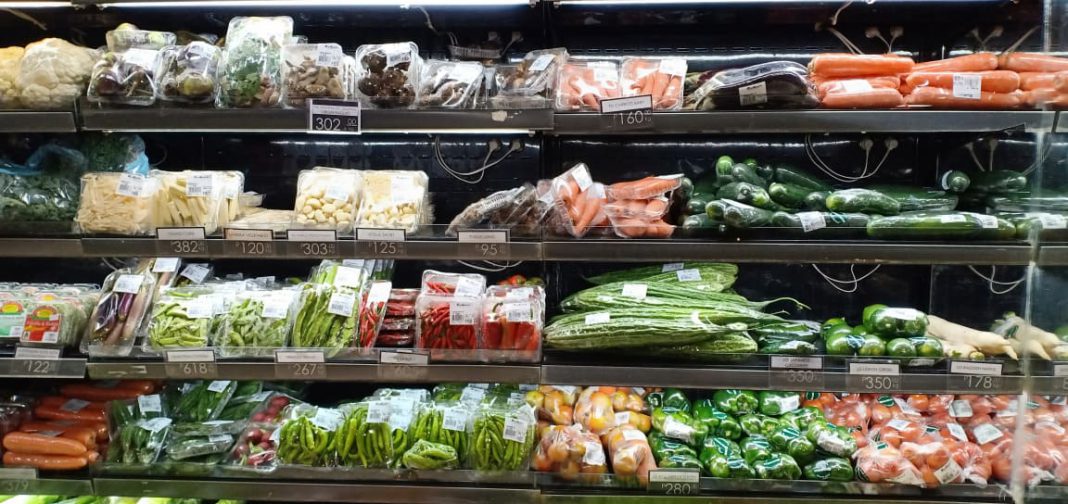By Joann Villanueva
The rise of the November 2019 inflation rate will be among the factors that Philippine monetary officials will look into during their last policy-rate setting meet for the year on December 12.
Bangko Sentral ng Pilipinas (BSP) Governor Benjamin Diokno, in a tweet after the release of the November 2019 inflation report Thursday, said the 1.3 percent inflation in the 11th month this year is within the central bank’s forecast.
He is referring to the 0.9-1.7 percent projection of the central bank for the November 2019 inflation rate.
He explained that the latest figure, which is higher than the 0.8 percent last October, “accords with (the) outlook of a gradual pick-up to target midpoint in 2020-21.”
The policy-making Monetary Board (MB), in its rate-setting meet last November 14, slashed the central bank’s average inflation forecast for this year to 2.4 percent from 2.5 percent but kept the 2.9 percent average inflation forecast for the next two years.
“BSP’s Monetary Board will consider new data and potential risks at its meeting next week on 12 December 2019,” Diokno added.
Relatively, the BSP, in a statement, attributed the faster inflation rate last November to higher prices of electricity, liquified petroleum gas (LPG), gasoline, and select food items.
The rate of jumps in the prices of these items was, however, offset by the tamed rice prices as well as a stronger peso, it said.
“The latest inflation outturn is consistent with the BSP’s prevailing assessment that inflation has bottomed out in October and is expected to gradually approach the midpoint of the target range in 2020 and 2021,” it said.
The statement said that “risks to the inflation outlook are on the upside for 2020, but are tilted to the downside in 2021.”
Upside risks to inflation include those coming from the volatile global oil prices and the possible impact of the African Swine Fever (ASF) while downside risks include the “global trade and policy uncertainty as well as geopolitical tensions.”
“The BSP will consider all the latest economic developments here and abroad in the Monetary Board’s policy meeting on 12 December 2019 to ensure that the monetary policy stance remains consistent with the BSP’s price stability objective while being supportive of economic growth,” the statement added.
(First publish in PNA)














